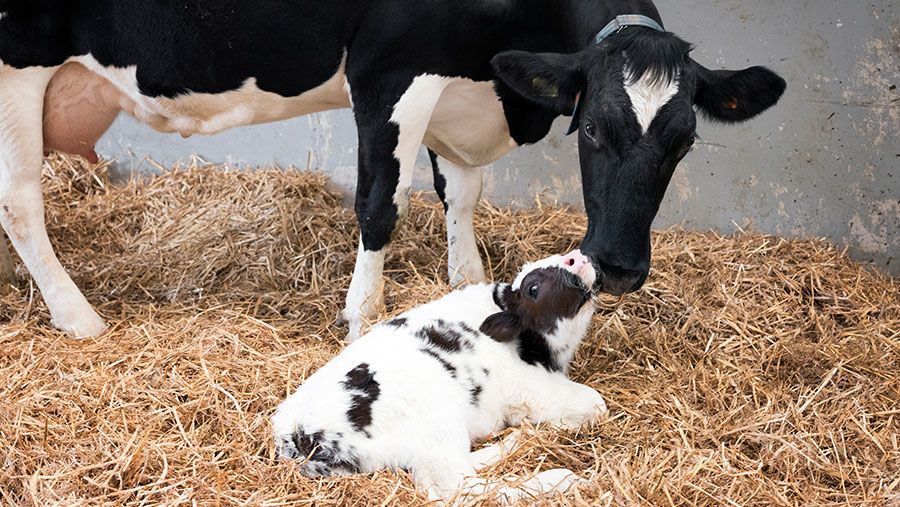Rising BVD level causes concern in Northern Ireland
 © ahavelaar/Adobe Stock
© ahavelaar/Adobe Stock Herd health reminders have been issued after a spate of significant bovine viral diarrhoea (BVD) outbreaks across six herds in northern Ulster.
Tag-and-test results from calves on six County Armagh farms in the Markethill, Keady and Killylea areas have returned more than 70 positive results this year.
This lifts the county’s overall disease disclosure rate to 0.69% – double the national average of 0.34% – and to 0.77% in dairy herds.
See also: Tissue tagging top tips for BVD control
The stark figures, from Animal Health and Welfare Northern Ireland’s (AHWNI) BVD eradication programme, come as a blow because they follow an all-time low in BVD incidence in February 2021, of 0.29%.
How to minimise BVD risk
- Avoid contact between cattle of different holdings by double or electric fencing or by managing grazing alternately in conjunction with neighbours, especially when grazing aftermath and field edges after silage making
- Ask whether BVD has been present in a herd you are sourcing from, and at what stage animals testing positive were removed
- Test all animals – talk to your vet about different testing options
- Cull persistently infected (PI) animals immediately
- Farms with BVD-positive cattle should not move or sell animals until at least three weeks after the last BVD-positive animal was culled
- Cows/heifers on the farm when the positive animal was present that were in the first four months of pregnancy should not be sold
- The exception to this is when appropriate isolation measures have been put in place and additional BVD antibody tests have been carried out by the farm’s vet
- Vaccination may be worthwhile, depending on the risk profile and movements of your herd, contact with neighbours and disease prevalence in the local area
Source: Animal Health and Welfare Northern Ireland and National Animal Disease Information Service
PI problem
Several cases were “most likely” to have been caused by persistently infected (PI) calves. This is because PI calves from the previous year were on the farm during the period in which the dams of this year’s BVD-positive calves were susceptible in early gestation.
An AHWNI spokesperson said: “These cases are a reminder of the importance of isolating and culling BVD PI cattle at the earliest opportunity and being careful to carry out thorough cleaning and disinfection of areas that could be contaminated with the virus.”
Changing immunity
Vets have reminded farmers that the overall picture of BVD in Northern Ireland is positive, with fewer farms retaining BVD-positive calves for more than five weeks than ever before.
However, lower infection levels bring lower immunity, the AHWNI spokesperson said.
“The likelihood of pregnant cattle being exposed to the virus has decreased, but the susceptibility to infection may have increased, because there is less natural exposure to the BVD virus. This reduction in immunity may leave herds more exposed to large outbreaks should a PI animal be introduced.”
Remember key risk factors
- History of BVD in the herd
- Buying in cattle
- Purchase of “Trojan” cattle (in-calf animals carrying a PI calf)
- Increased concentration of BVD-positive animals in the vicinity of the herd
